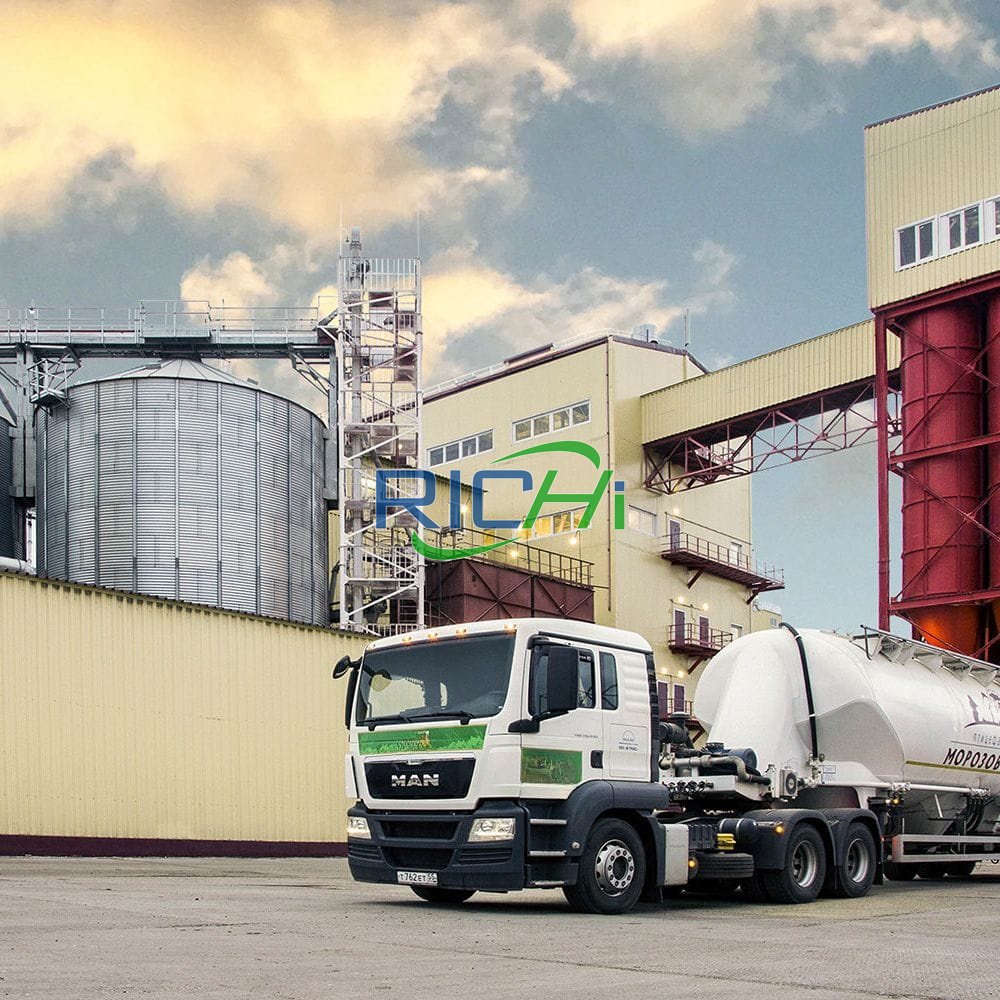Brazil’s vast agricultural resources, booming livestock industry, and strategic global food market position make a compelling case for establishing animal feed production lines. As global population grows and demand for animal protein rises, efficient and sustainable feed production becomes increasingly crucial. This article examines the feasibility of setting up such production lines in Brazil, exploring opportunities, challenges, and key factors influencing this endeavor.
Leveraging Brazil’s Agricultural Strengths
Brazil’s status as an agricultural powerhouse provides a robust foundation for animal feed production:
- Abundant Raw Materials: Brazil leads in production of key feed ingredients like soybeans, corn, and wheat. Proximity to these materials reduces transport costs and ensures supply chain stability.
- Established Agricultural Infrastructure: The country boasts well-developed infrastructure including storage, transport networks, and processing plants, which support feed production operations.
- Agricultural Expertise: Brazil possesses extensive agricultural knowledge and a skilled workforce familiar with large-scale farming and food processing operations.
These factors significantly enhance the feasibility of establishing animal feed production lines in Brazil.
Capitalizing on Brazil’s Thriving Livestock Sector
Brazil’s robust livestock industry provides a ready market for animal feed:
- Large Cattle Herd: With over 214 million head in 2021, Brazil has the world’s second-largest cattle herd (source: Brazilian Institute of Geography and Statistics – IBGE).
- Growing Poultry and Pork Industries: Both sectors are major global players, experiencing steady growth.
- Emerging Aquaculture Sector: Rapid development in aquaculture drives demand for specialized fish feeds.
The diverse and sizable livestock industry ensures a strong domestic market for animal feed products.
Tapping into Export Opportunities
Brazil’s strategic location and established trade relations offer significant export potential for animal feed:
- Global Market Access: Extensive coastline and well-developed ports facilitate exports to key markets in Europe, Asia, and the Middle East.
- Trade Agreements: Membership in Mercosur and other agreements provides preferential access to international markets.
- Reputation in Agricultural Exports: Brazil’s strong reputation in agricultural exports can be leveraged to globally market animal feed products.
These factors expand the feasibility of establishing animal feed production lines by broadening the customer base beyond domestic markets.
Technological Advancements and Innovation
Brazil’s commitment to agricultural innovation supports the establishment of modern feed production facilities:
- Research and Development: Strong agricultural research institutions like Embrapa provide valuable insights and support for feed formulation and production technologies.
- Precision Agriculture: Increasing adoption of precision farming techniques optimizes feed production processes.
- Focus on Sustainability: Growing emphasis on sustainable agricultural practices aligns with global trends in feed production.
Technological advancements contribute to the feasibility of establishing state-of-the-art animal feed production lines.
Government Support and Regulatory Environment
Brazilian government policies on agricultural development influence the feasibility of feed production projects:
- Agricultural Growth Policies: Supportive policies promote growth and modernization of the agricultural sector, benefiting feed production initiatives.
- Regulatory Framework: Compliance with quality standards and safety regulations for feed production is critical.
- Investment Incentives: Some regions offer incentives for agricultural investments, enhancing financial feasibility.
Understanding the regulatory landscape and available government support is crucial for assessing project feasibility.
Challenges and Considerations
While numerous factors support the feasibility of establishing animal feed pellet production lines in Brazil, several challenges must be addressed:
- Infrastructure Limitations: Despite improvements, some regions face challenges in transportation networks that could impact logistics and costs.
- Economic Volatility: Fluctuations in Brazil’s economy may affect exchange rates and the cost of imported equipment or ingredients.
- Competition: The animal feed market is competitive, requiring new entrants to differentiate themselves to gain market share.
- Environmental Concerns: Balancing feed production with environmental conservation, particularly in sensitive areas like the Amazon, is crucial.
- Skilled Labor: While Brazil has a large workforce, recruiting skilled personnel for specialized feed production roles may be challenging in some areas.
Financial Feasibility and Investment Requirements
Assessing the financial feasibility of establishing animal feed production lines in Brazil involves several key factors:
- Capital Investment: Significant initial investment is required for modern feed production facilities, including land acquisition, construction, and equipment procurement.
- Operational Costs: Ongoing expenses such as raw material procurement, energy costs, labor, and maintenance must be carefully projected.
- Market Dynamics: Understanding pricing dynamics in the Brazilian feed market and potential profit margins is crucial for financial planning.
- Financing Options: Exploring available financing options, including government programs, agricultural loans, and international investment, is important.
- Return on Investment (ROI): Thorough analysis considering production capacity, market demand, and projected growth is essential for long-term feasibility.
Strategies for Enhancing Feasibility
To improve the feasibility of establishing animal feed production lines in Brazil, consider the following strategies:
- Strategic Location: Choose a location balancing proximity to raw materials, target markets, and necessary infrastructure.
- Phased Implementation: Start with smaller capacity and expand as market position strengthens.
- Partnerships and Collaborations: Partner with local agricultural cooperatives, research institutions, or established feed companies to leverage existing networks and expertise.
- Specialization: Identify niche markets or specialized feed products offering higher margins and less competition.
- Sustainability Integration: Incorporate sustainable practices and technologies in feed production to access premium markets.
- Vertical Integration: Develop relationships with livestock producers or invest in raw material production for vertical integration.
Conclusion
Establishing animal feed production lines in Brazil presents promising opportunities leveraging the country’s agricultural strengths, thriving livestock sector, and export potential. Success requires meticulous planning, comprehensive market analysis, adherence to regulatory requirements, and strategic decision-making. With the right approach, such ventures could significantly contribute to Brazil’s agricultural development and economic growth, meeting global demand for animal feed products effectively.
